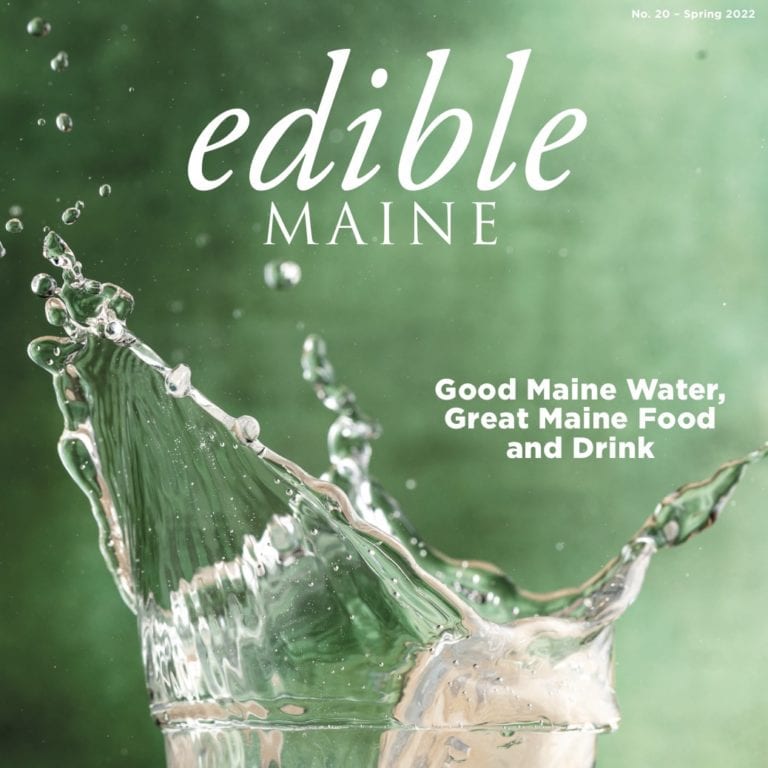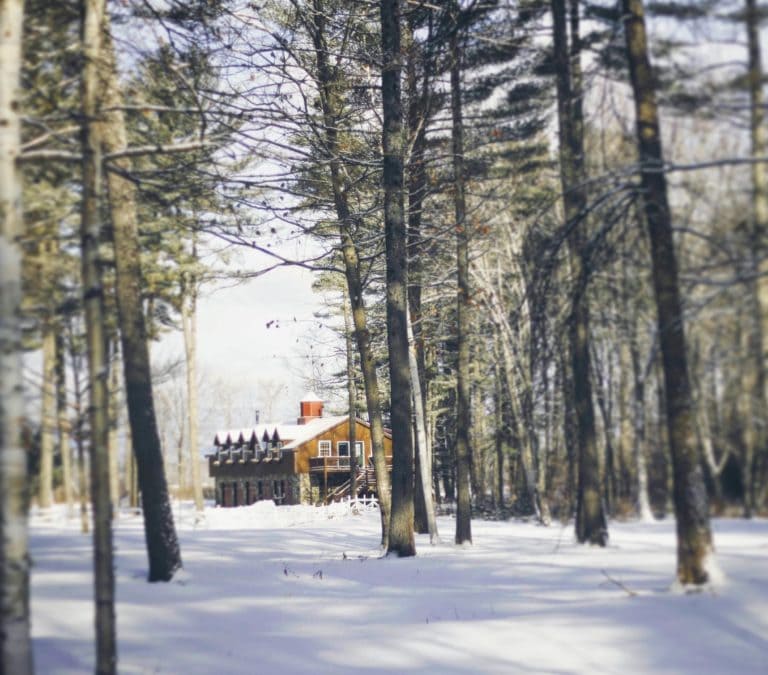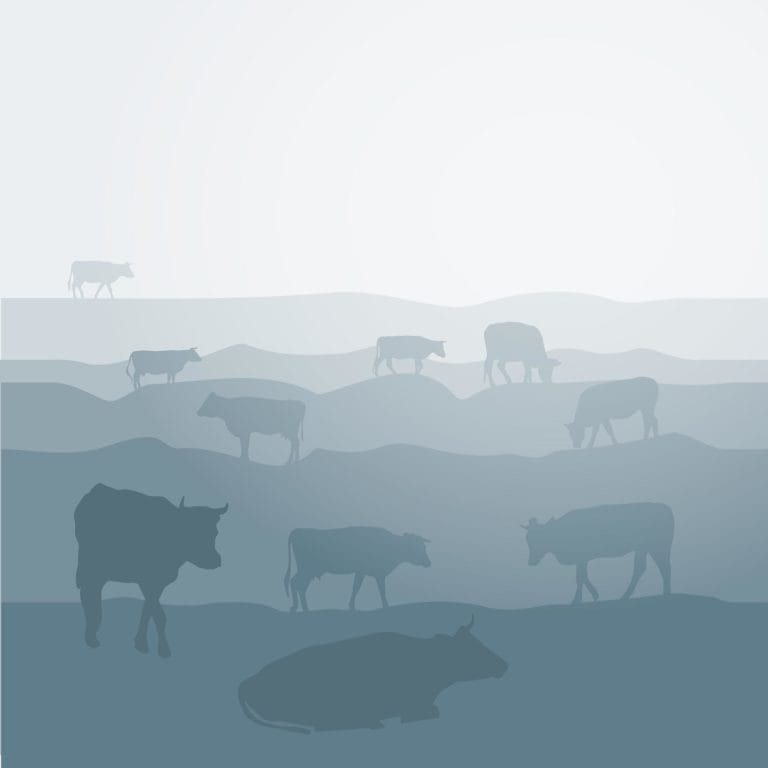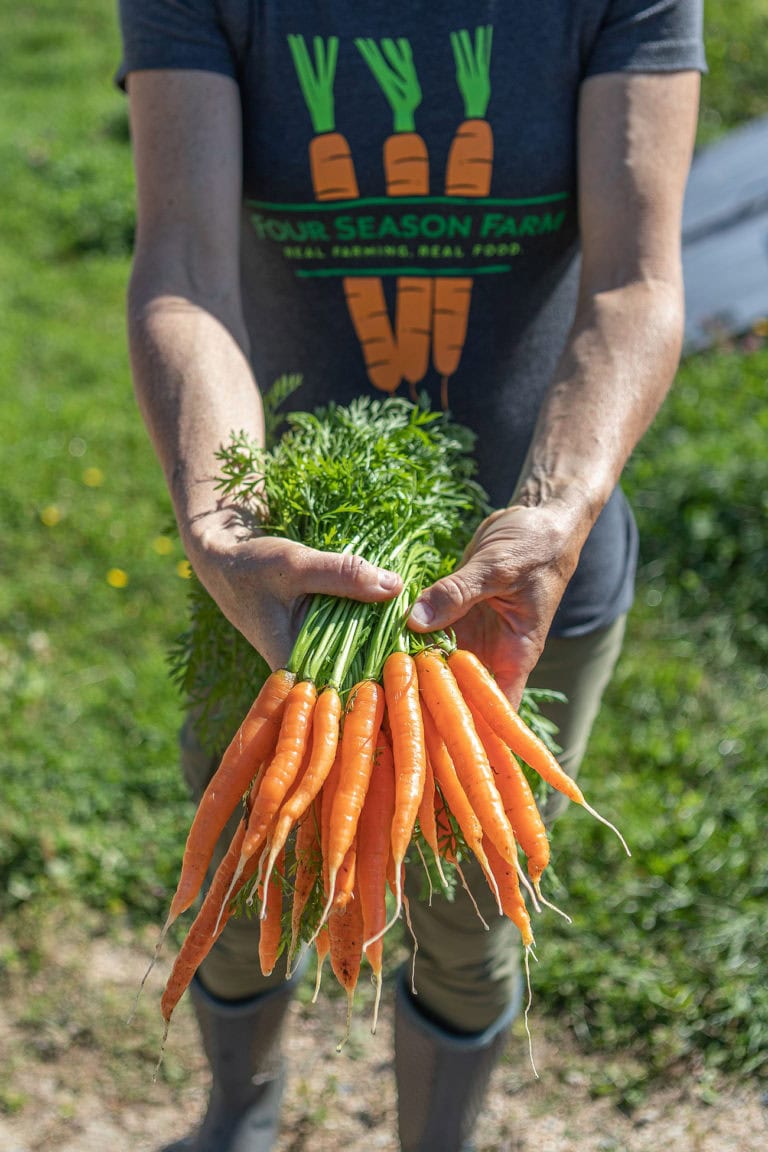There are few meals more appropriate for winter than soup. A steaming bowl of broth to thaw your wind-chilled face followed by a greedy dip of the spoon gives you tasty respite from Maine’s harshest season, while the burst and spread of spice- and herb-filled aromas (rosemary, thyme, saffron, curry powder, clove…) take over your kitchen, steaming nearby windows to create a cozy, cloistered meal-time destination.
In this edition of The Seasonal Dish, we’re pleased to feature several recipes from Derek Bissonnette’s new cookbook, Soup. Bissonnette serves many roles at edible MAINE, including photographer, executive chef, and sales rep. His newest collection highlights unique Maine ingredients perfectly suited for a variety of soup concoctions.
In the book’s opening pages, each ingredient used in the book is broken down by its history, flavor, texture, rarity, or a combination of these. Tools and techniques are explained and illustrated, base broths are orchestrated, and approximately 300 soup recipes are born. As Bissonnette explains, “the world contains countless cuisines, techniques, and ingredients. These differences might be due to availability, religious beliefs, etc., [however] there’s no debate that food varies drastically from culture to culture. But there is one thing that bonds them all—every single culture has some form of soup. … In fact, soups are such a vital part of what we eat that the word stems from the same Latin word that supper does: suppare.”
Bissonnette discusses another vital, centuries-old component to eating and cooking, one of Samin Nosrat’s four elements: heat.
“It is commonly held that cooking food was an accident, stumbled upon sometime after our ancient ancestors discovered fire 1.8 million years ago. This happy accident launched a revolution that is still underway,” says Bissonnette. He touts the multifaceted method of boiling to be “the most efficient use of fire’s precious heat,” a process that “kills any potential parasites in the flesh, preserves nutrients, increases the amount of antioxidants, and makes things easier to chew. Most important, the cooking liquid retains the meat’s tasty juices, which would be lost if cooked over an open flame.”
While Soup’s rich history of the food carries us through its many cultural uses over the years (for healing in China, to feed the poor and imprisoned in London, and as a means for comfort and connection after 9/11) it brings us back to the modern kitchen. Each recipe was cooked and created in Bissonnette’s own home to ensure readers will find temperatures and instructions to be cohesive with their own settings. Don’t forget to chill or freeze what you don’t eat right away because, perhaps the best part about soup? It’s even better the next day.














